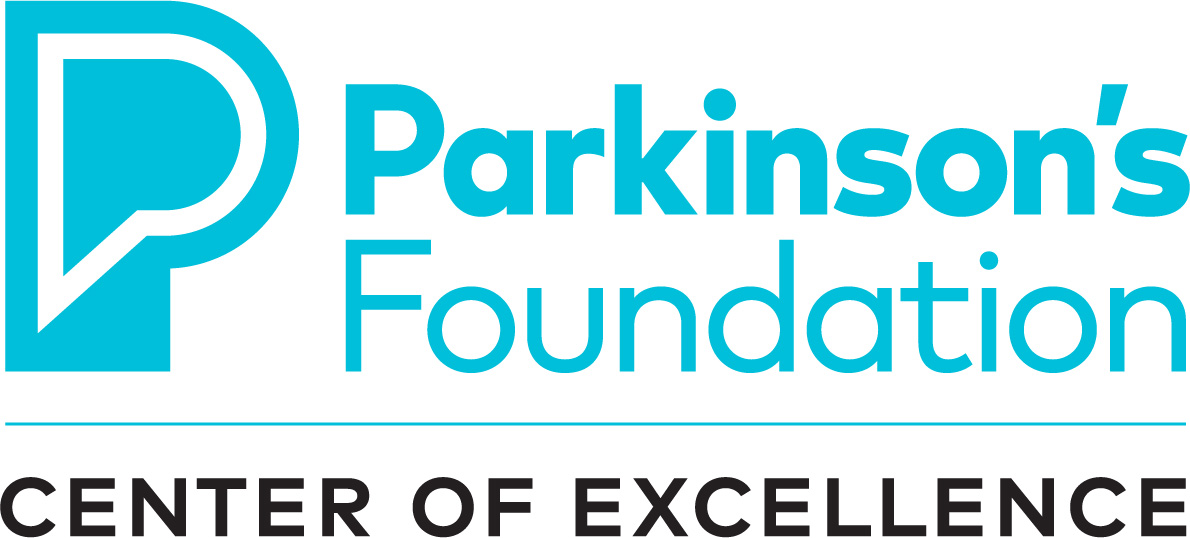Take a look into Stephen Bittel’s real estate crystal ball
August 20, 2018 – WHERE ARE WE IN THE CYCLE????
This seems as recurrent a daily ask as brushing my teeth in the morning. I keep my crystal ball perfectly dusted off to give me the clearest view possible looking into the future, while cognizant of the past. Amidst a rising but choppy stock market, increasing interest rates, 6 months of growth in retail sales, and the start of inflation, we should pause and assess where we are and what might lie ahead. So here I go:
When asked a few weeks ago on a NAIOP panel in Miami as to where we were in the real estate cycle in soccer match terms during the world cup games, I responded, “penalty time”. Judging by our actions at Terranova, we have been a huge net seller over the past few years, while continuing to buy opportunistically on a much lesser level, there is a message. If typical cycles last seven years on average, we are definitely in overtime, with the last downturn commencing in the 3rd quarter of 2006, bottoming out in the second quarter of 2008, and starting an assent in the 4th quarter of 2009. By my simple math, this recovery is in its 9th year, with different asset classes performing differently.
Retail claims the black eye of the moment, with big box players and department stores suffering the most, along with the centers they anchor. Supermarkets and their shopping centers are withstanding attacks from all sides, while experiential retail seems to be doing the best. Somehow the Amazon purchase of Whole Foods, titled the book that had already been written about the commoditization of retail and its move on line. Retailers always had a limited life. The dominant retailer when I arrived in Brunswick, Maine for college in 1974, was W.T. Grants. By 1976, the seventy-year-old over 1200 store chain had gone bankrupt and disappeared, the first of many retail bankruptcies we would experience in the next 42 years. When I began in this industry in 1979, K-Mart was the power player, and Sears and JC Penneys were immense chains. New stores emerged like Blockbuster, Circuit City, and Toys R Us, and grew and prospered and then went away. Retail and retailers evolve just like the properties and communities they occupy.
Multifamily development has experienced a national surge in development volume in record numbers. Spurred on by the foreclosure crisis of 2008 and the next few years, millennials partnering later in life, and the growing cost of housing, developers have raced to meet demand. After a recent slowing of rental rate increases, recent higher interest rates have pushed residential consumers back to rental opportunities. The rush to all places urban continues.
Office supply has been substantially fixed for years, as even growing users take less space with smaller offices, open floor plans, and greater efficiencies. Changed work patterns with people working from home or in coworking creative office environments have held demand down and kept rental rates constant except in some tighter markets. WeWork has become the high growth consumer of office space, joined by local shared space users nationally.
Industrial real estate has been the darling of our real estate space over the last few years with e-commerce spurring space demand and rental rates being driven up, while cap rates have fallen. Who would have dreamed 10 years ago that industrial parks would trade at cap rates below 4 percent. Our planned development in Miami of the Pepsi distribution facility, the final last mile distribution opportunity by Miami International Airport is all about this trend.
The overall commercial real estate market has been supported by the nearly trillion dollars raised and unspent searching for real estate opportunities worldwide. With money in the bank earning almost nothing for several years, yields of four to six percent seemed appealing. When adding appreciation to cash flow, sophisticated investors could obtain yields of 8 percent and higher with relative ease and safety, especially when adding some leverage at an interest rate cost much lower. With interest rates rising, that positive spread began to disappear, and asset pricing began to flatten out or fall with the expectation of future interest rate increases. Still the pent-up capital demand has continued top pricing for the best assets in the best markets. Opportunistic plays have become harder and harder to find, with a build to core strategy often making the most sense.
So the market has continued to be a quieter stable, with risk being more about political instability, both in the United States and in several “hot spots” around the world than about market risk. As investors we like stability of markets and laws. Trade wars cause instability just as shooting wars do. Changing technologies have always caused disruption like the move from the horse and buggy to trains and cars, but we embraced the change and life improved. Industrial automation has replaced workers but will be little compared to what is coming from artificial intelligence just around the corner.
The best locations in the best markets will continue to perform depending on asset class and market. The continued evolution of real estate users and the buildings they occupy will drive future values. Getting ahead of change has always been good if you make the right investments or bets, as they are often called. Entering a predicted softer market with liquidity, enables us to take advantage of repricing and be poised for the next up market. Timing cycles has always been tricky. Our core business continues to be seeking generational quality assets to ride through cycles, while simultaneously always keeping our eyes “peeled” for value opportunities.
Stephen Bittel


